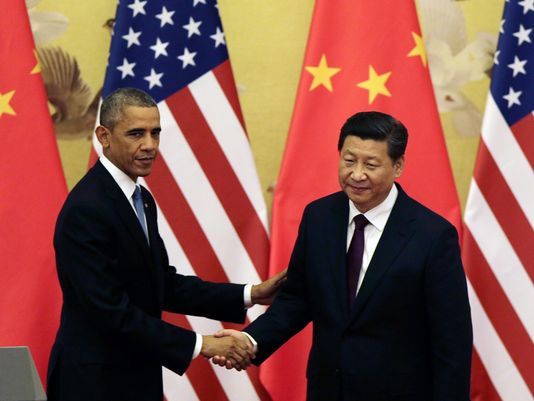A tipping point for the Paris Agreement?
China and the United States have confirmed their ratification of the historic Paris Agreement, tipping the balance in favour of a quick entry into force of the Agreement by the end of 2016.

China and the United States have confirmed their ratification of the historic Paris Agreement, tipping the balance in favour of a quick entry into force of the Agreement by the end of 2016.
The Paris Agreement, a global deal by nearly 200 nations to address climate change, was signed on December 12th 2015 at the annual UN Conference of Parties (COP).
Under the Paris agreement, countries are required to set national targets for reducing Greenhouse Gas emissions, and give regular progress updates.
In order for the agreement to go into effect and become legally binding, at least 55 countries representing 55 percent of global emissions need to formally join.
On 3rd September 2016, President Barack Obama and China’s President, Xi Jinping, delivered a series of documents certifying that the US and China have taken necessary steps to join the accord.
China and the US are jointly responsible for over 38 per cent of global emissions.
By confirming their ratification, the two countries have pushed the emissions from signatories to 75 per cent – well over the 55 per cent threshold.
Ratification by such large and influential countries is also likely to encourage the remaining 27 countries to confirm their commitment.
President Obama said: "This is not a fight that any one country, no matter how powerful, can take alone. Some day we may see this as the moment that we finally decided to save our planet."
The U.S. has pledged to cut its emissions by at least 26% over the next 15 years compared to 2005 levels, and a 2030 deadline has been set for China’s emissions to stop rising.
A quick entry into force of the Paris Agreement is critical in order to prevent further climate change, as well as unlock adaptation finance.
The Agreement sets a goal of mobilizing $100 billion a year between 2020 and 2025 in climate finance, both for mitigation and adaptation purposes.


